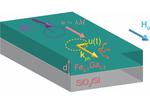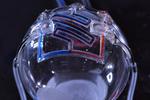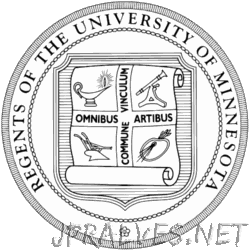Other

“A University of Minnesota Twin Cities team has, for the first time, synthesized a thin film of a unique topological semimetal material that has the potential to generate more computing power and memory storage while using significantly less energy. The …
News Researchers create breakthrough spintronics manufacturing process that could revolutionize the electronics industry

“University of Minnesota Twin Cities researchers, along with a team at the National Institute of Standards and Technology (NIST), have developed a breakthrough process for making spintronic devices that has the potential to become the new industry standard for semiconductors …

“Technology opens door to ubiquitous, more easily fabricated electronic screens In a groundbreaking new study, researchers at the University of Minnesota Twin Cities used a customized printer to fully 3D print a flexible organic light-emitting diode (OLED) display. The discovery …

“A team of researchers from the U.S. National Science Foundation Center for Sustainable Polymers based at the University of Minnesota Twin Cities have developed a chemical technology of combined fermentation and chemical refining that can produce petroleum-like liquids from …

“In a surprising discovery, an international team of researchers, led by scientists in the University of Minnesota Center for Quantum Materials, found that deformations in quantum materials that cause imperfections in the crystal structure can actually improve the material’s …

“University of Minnesota Twin Cities College of Science and Engineering researchers have invented a cheaper, safer, and simpler technology that will allow a “stubborn” group of metals and metal oxides to be made into thin films used in many electronics …

“A collaboration that includes four faculty members of the School of Physics and Astronomy, Vlad Pribiag, Fiona Burnell, Rafael Fernandes and Ke Wang, has discovered that a unique superconducting material has unforeseen properties when it was studied in a very …

“University of Minnesota-led research discovered that the interaction between magnetism and sound particles in spintronic devices can lead to damping, or the loss of energy, a process depicted in the figure above. The finding will ultimately allow engineers to develop …

“A team led by University of Minnesota Twin Cities researchers has discovered a groundbreaking one-step process for creating materials with unique properties, called metamaterials. Their results show the realistic possibility of designing similar self-assembled structures with the potential of creating …

“In a groundbreaking new study, researchers at the University of Minnesota, in collaboration with the U.S. Army Combat Capabilities Development Command Soldier Center, have 3D printed unique fluid channels at the micron scale that could automate production of diagnostics …

